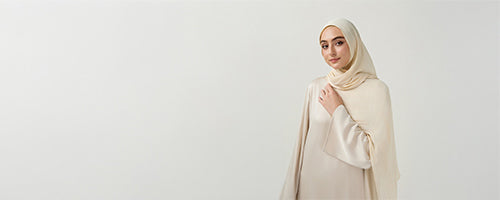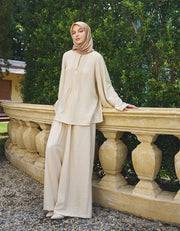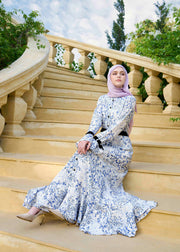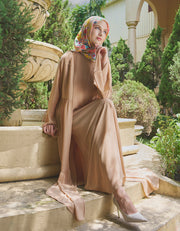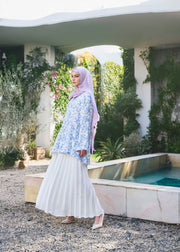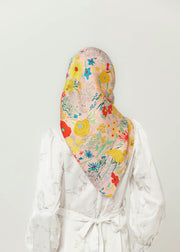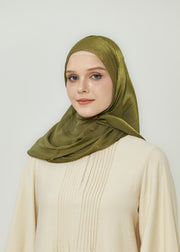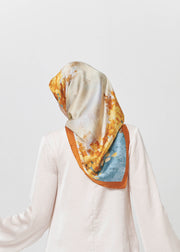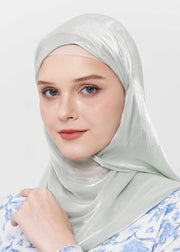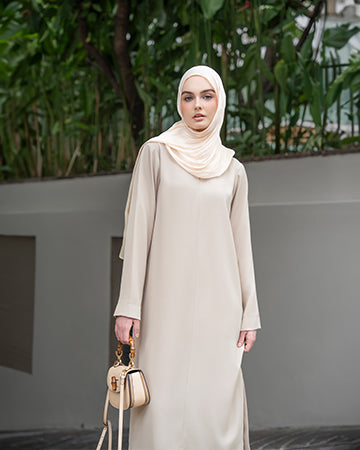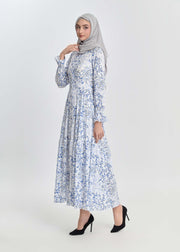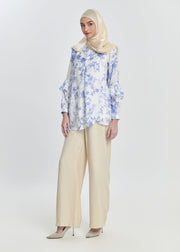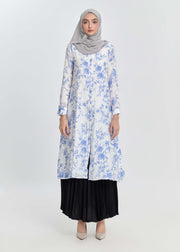Sustainable Modest Fashion: How Eco Trends Shape Islamic Wear
Fashion today isn’t just about looking good—it’s also about making conscious choices. With the global shift toward eco-friendly lifestyles, sustainable modest fashion is emerging as one of the most important movements in the industry. For Muslim consumers and modest dressers worldwide, this trend combines ethical values with style, creating clothing that is both respectful and responsible.
From organic fabrics to slow fashion principles, sustainable modest fashion is proving that you don’t need to compromise on faith, values, or aesthetics.
Why Sustainable Modest Fashion Matters
The modest fashion market is huge and growing, but with growth comes responsibility. Gen Z and Millennials especially are asking questions: How was this made? Who made it? What impact does it have on the planet?
Key reasons why sustainable modest fashion is gaining momentum:
-
Environmental awareness – Fast fashion has been linked to water waste, carbon emissions, and pollution.
-
Cultural alignment – Modesty often goes hand in hand with principles of respect and humility, making sustainability a natural fit.
-
Consumer demand – Eco-friendly modest wear appeals to younger shoppers who value conscious consumption.
Global accessibility – Online modest fashion retailers are now offering sustainable collections worldwide.

Why Sustainable Modest Fashion Matters
Fabrics Defining Sustainable Modest Fashion
The choice of fabric is one of the biggest ways modest fashion is going green. Eco-friendly materials are not only better for the environment but also comfortable and breathable for modest layering.
Some popular fabrics in sustainable modest fashion include:
-
Organic cotton – Gentle on the skin and grown without harmful chemicals.
-
Linen – Durable, breathable, and perfect for modest summer outfits.
-
Bamboo – Soft, lightweight, and naturally antibacterial.
-
Recycled polyester – A creative solution that gives waste materials a new life.
-
Tencel (Lyocell) – Known for sustainability and silky comfort.
These fabrics make modest fashion more planet-friendly while maintaining elegance.

Fabrics Defining Sustainable Modest Fashion
Styles Emerging in Sustainable Modest Fashion
Eco trends are not just about fabrics—they’re also shaping how modest outfits are designed and worn.
Popular sustainable modest fashion styles include:
-
Timeless abayas in neutral colors that stay fashionable season after season.
-
Maxi dresses made with organic cotton, perfect for casual or formal wear.
-
Multi-functional tunics that can be styled in multiple ways to reduce overconsumption.
-
Capsule wardrobes that focus on a few versatile modest essentials instead of fast-changing trends.
The emphasis is on quality over quantity, encouraging shoppers to invest in pieces they can wear repeatedly.
The Role of Social Media in Sustainable Modest Fashion
Much like other fashion movements, social media plays a major role in spreading awareness. On Instagram, Pinterest, and TikTok, influencers are showing how to style modest outfits while also educating followers about eco-friendly choices.
-
TikTok features modest OOTDs that highlight sustainable fabrics.
-
Instagram Reels spotlight brands with transparent supply chains.
-
Pinterest boards inspire “sustainable modest wardrobe” ideas.
This visibility pushes more brands to adopt sustainable practices, knowing that Gen Z shoppers are watching closely.
Challenges in Sustainable Modest Fashion
Despite its growing popularity, sustainable modest fashion faces challenges:
-
Higher costs – Eco-friendly fabrics and ethical labor often make items more expensive.
-
Limited variety – Some regions still lack access to diverse sustainable modest collections.
-
Greenwashing risks – Brands may falsely claim sustainability without real transparency.
Consumers need to research and support labels that genuinely prioritize sustainability.
The Future of Sustainable Modest Fashion
Looking ahead, sustainable modest fashion is expected to grow even further. We’ll see more:
-
Collaborations between modest fashion brands and eco-conscious designers.
-
Technology-driven solutions like fabric recycling and digital wardrobes.
-
Inclusive collections that balance modest values with environmental care.
With modest fashion being such a global market, embracing sustainability could redefine the industry’s future.

The Future of Sustainable Modest Fashion
Conclusion: Sustainable Modest Fashion at Minnaba
Sustainable modest fashion shows us that dressing modestly and caring for the planet can go hand in hand. From eco-friendly fabrics to versatile designs, this movement reflects a growing desire for fashion with purpose.
If you’re looking to explore stylish, ethical, and eco-conscious modest wear, discover the sustainable collections at Minnaba—where fashion meets responsibility.

